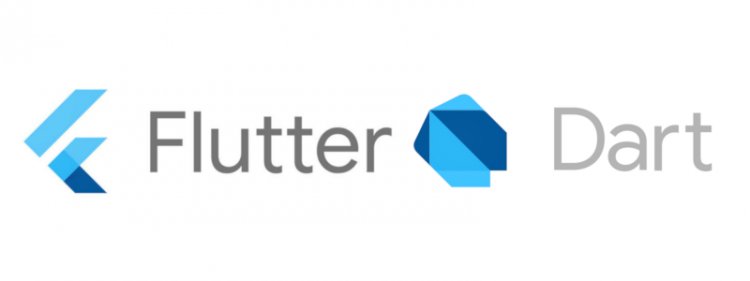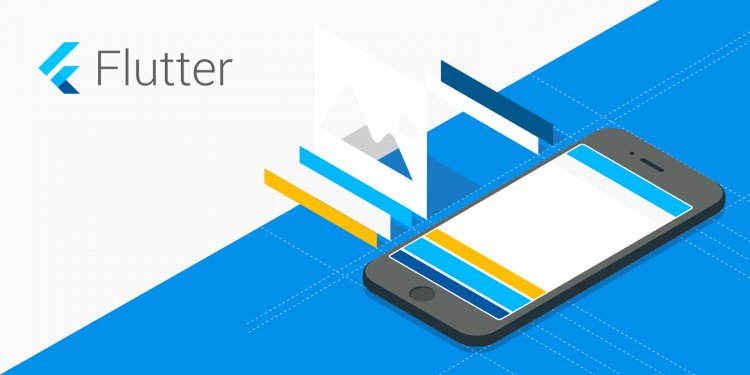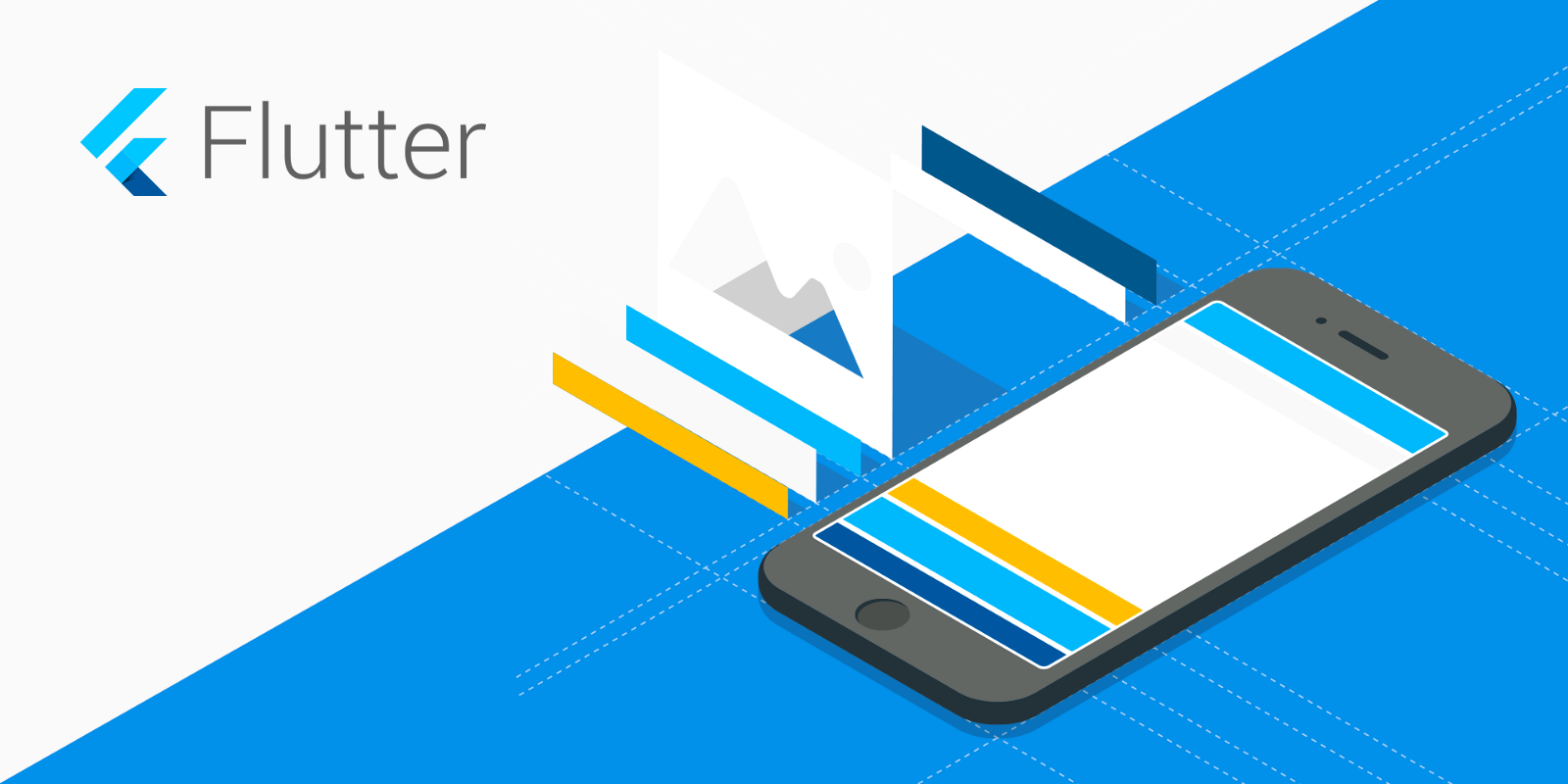Flutter : The Future of Software Development
We will talk about flutter as the new toolkit in cross platform development

For the past few years developing cross-platform apps was so hard that only those who has studied 2 or more languages can do, but thankfully google decided to create their giant-killer in software development industry and developed their language called Dart where it is designed for both web and mobile development and it can also be used to build desktop apps. Dart is an object-oriented, class-based, garbage-collected language with C-style syntax.
Cross-Platform App Development Frameworks such as React Native, Ionic, Xamarin, etc. has been dominating this industry for how many years, and Google decided to create their own framework as well and they called it Flutter, Flutter is an open-source UI software development kit and got it's Alpha(initial) release on May 2017. It is used to develop cross platform applications for Android, iOS, Linux, Mac, Windows, Google Fuchsia, and the web from a single codebase. That's right you've read it right "SINGLE CODEBASE", lesser hassle right? imagine creating a web, mobile, and desktop application with single codebase, debugging will be much easier.

Reasons why Flutter can be the choice for mobile app development
Faster App Development with Hot Reloading: Flutter is one of the cross-platform frameworks for speedy app development. This is because Flutter has native codes and “Hot reloading” or “Hot restart” features, allowing developers to view changes in the code within one second; therefore, it increases the developers’ productivity ten folds.
Flutter-based apps are majorly dependent on built-in widgets, but not platform widgets. Thus, the size of the app can be estimated at almost above 4MB. Flutter comes with a wide range of widgets, including navigation, scrolling, and fonts. This provides a native performance experience on both platforms, i.e., iOS and Android. Therefore, developers can easily save time on mobile app development.
Multiple IDE Support: No matter how complicated and broad you want an app, Flutter has recently become a developers’ top choice. The reason for this is excellent multiple IDE support, which results in a comfortable environment for developers in developing a cross-platform app.
Generally, when developers start working with an IDE, they do not prefer switching to another IDE. This is where Flutter takes momentum and provides access to a massive number of IDEs, including Android Studio, IntelliJ, VC Code, etc.
Flutter vs. React Native
In just 4 years of flutter existence, react-native, a cross-platform framework created by FACEBOOK will now face a rival which has the potential to replace it's throne. Undoubtedly, both cross-platform frameworks have their own benefits and limitations but at the same time, these fledgling technologies are leaving many of you with a big dilemma when it comes to which framework best fits your app idea.
Google’s Flutter: Learn Once, Write Anywhere
Flutter is a popular framework developed and supported by Google that provides advanced software development kits to the developer. The idea behind Flutter is to help developers build beautiful, natively compiled applications for mobile, web, and desktop by using a single codebase. Despite being a newbie in the community, it has acquired 94.9 stars on Github and has contributed to developing the most renowned applications including the Google Ads app, the Hamilton Broadway Musical app, Alibaba, eBay, Square, and more.
React Native: Facebook Supported, Community-Driven Framework
React Native is a well known cross-platform framework chosen by 42% developers for app development and had the 2nd highest number of contributors in 2018. However, today it’s supported by various leading individuals and companies from all across the world including Microsoft, Expo, Callstak, and Software Mansion. If we’re talking about its popularity, it has given the world some of the most amazing applications including Facebook, Instagram, Pinterest, Uber Eats, Walmarts, Tesla, and more.
Conclusion
Flutter has what it takes to become the biggest cross-platform framework for the sole reason, it can build anything, it can do anything, and debug in lesser time.

















